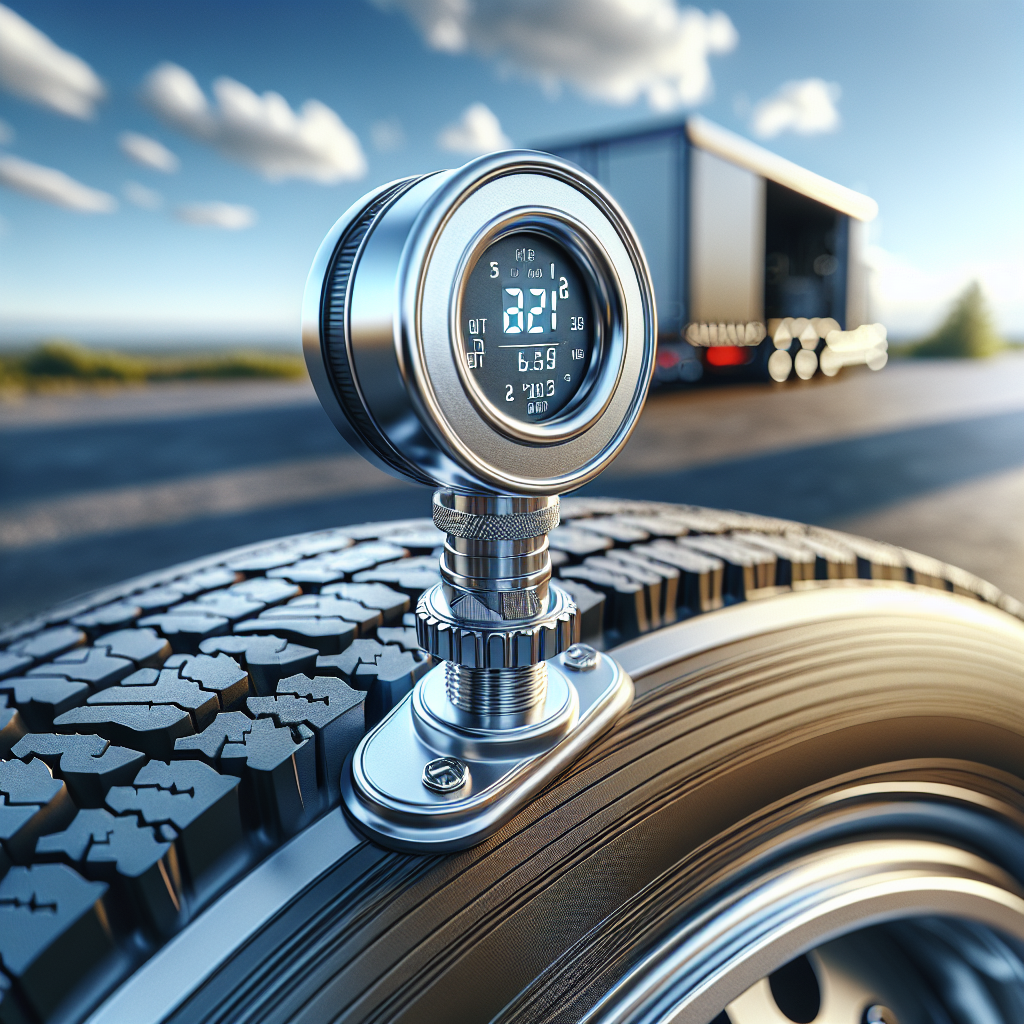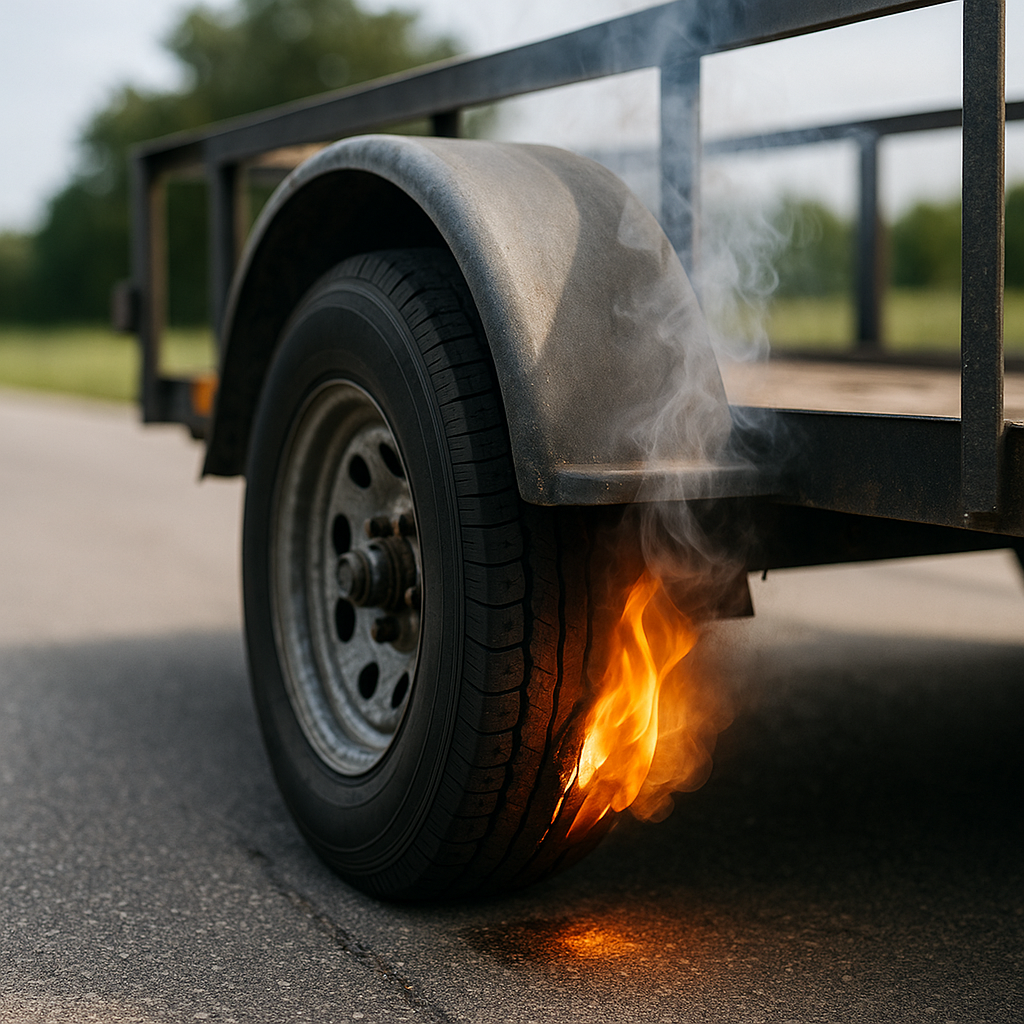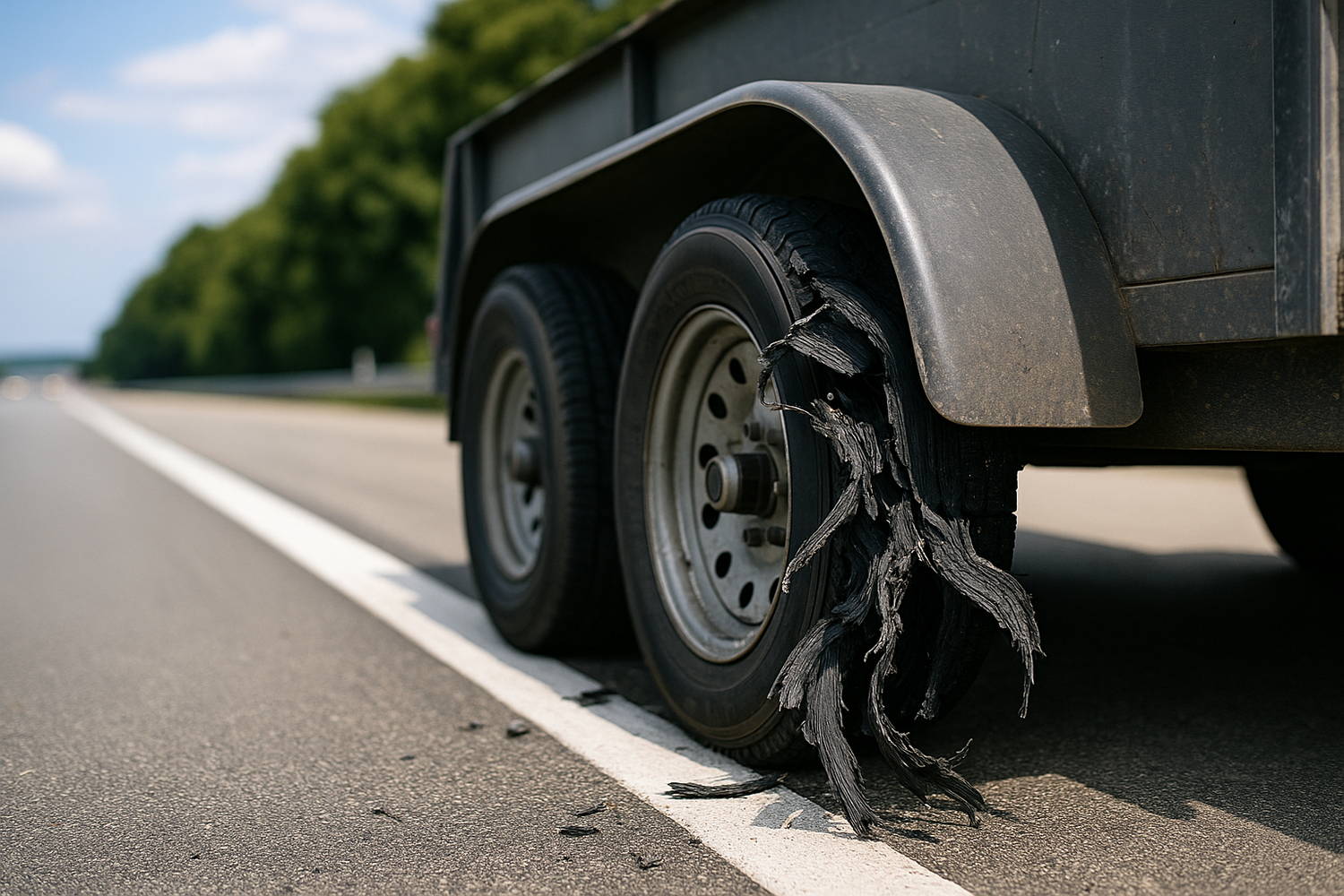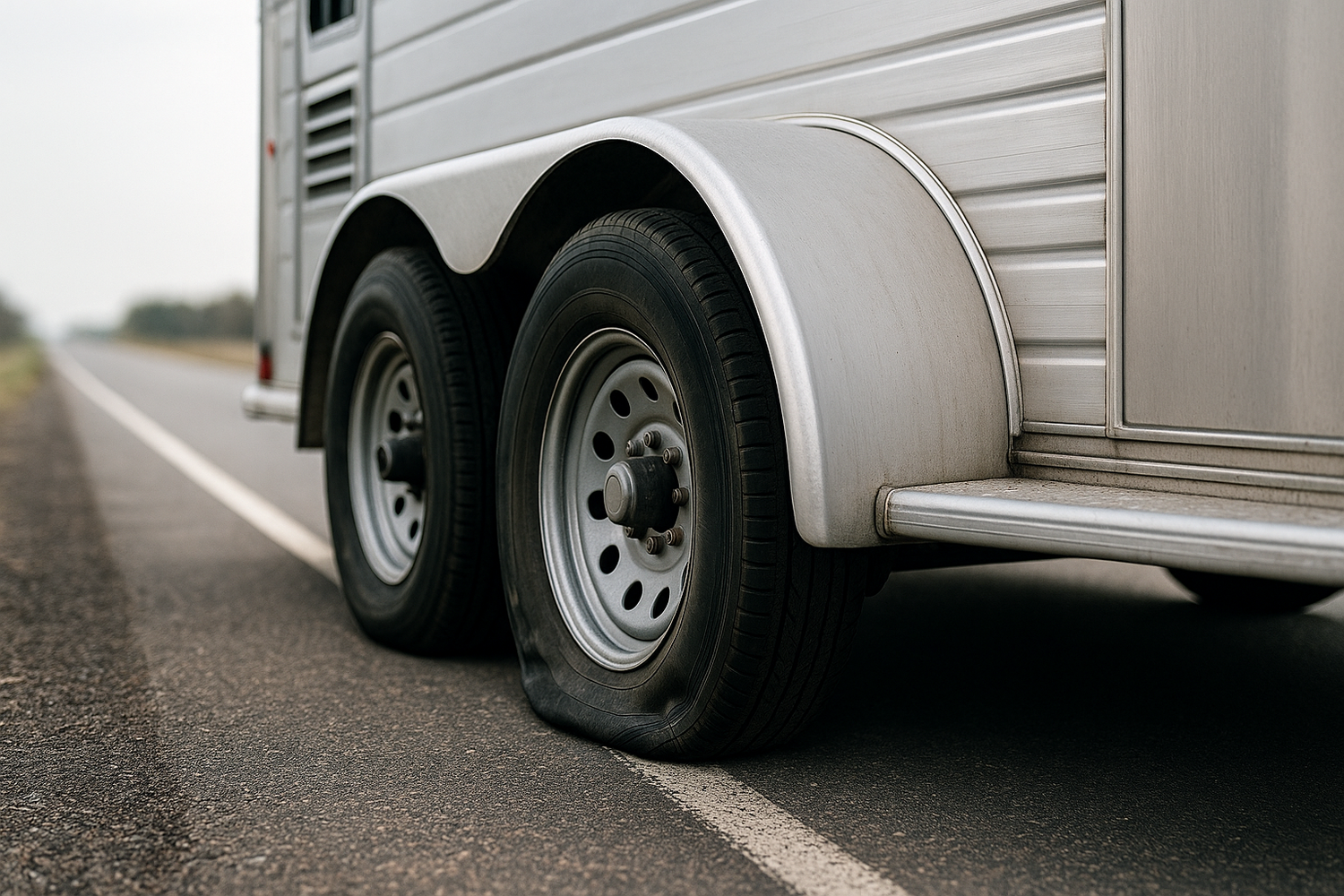Tire pressure sensors play a crucial role in ensuring the safety and performance of your trailer. These innovative devices monitor the air pressure inside each tire, providing real-time data that can prevent potential hazards on the road. When tire pressure is too low or too high, it can lead to decreased fuel efficiency, tire wear, and even catastrophic blowouts. Understanding how tire pressure sensors work is essential for every trailer owner.
Typically, these sensors are mounted on the tire valves and use advanced technology to measure the air pressure. The data is then wirelessly transmitted to a receiver inside the vehicle, where it can be easily monitored. Many modern sensors also integrate with smartphone apps, allowing users to view tire pressure information on the go. This feature not only enhances convenience but also promotes proactive maintenance.
Here are some key benefits of tire pressure sensors:
- Enhanced Safety: Regular monitoring helps prevent blowouts and accidents.
- Improved Fuel Efficiency: Properly inflated tires contribute to better gas mileage.
- Extended Tire Life: Maintaining optimal pressure can prolong the life of your tires.
By embracing technology like tire pressure sensors, you can ensure a safer and more efficient towing experience. Tow with peace of mind, knowing that trailerwatchdog is standing guard.
Importance of Tire Pressure for Safety

Maintaining the correct tire pressure is vital for the safety of any trailer. Underinflated or overinflated tires can significantly affect the handling, braking, and overall performance of the vehicle. When tires are not properly inflated, they can generate excessive heat, leading to a higher risk of blowouts. This is particularly concerning for trailers, which often carry heavy loads and can put additional stress on the tires.
Here are several reasons why tire pressure is crucial for safety:
- Improved Traction: Properly inflated tires provide better grip on the road, reducing the likelihood of skidding or losing control, especially in adverse weather conditions.
- Enhanced Braking Performance: Adequate tire pressure helps ensure that the vehicle can stop effectively, reducing stopping distances and improving overall safety.
- Weight Distribution: Correct tire pressure helps maintain even weight distribution across all tires, which is essential for stability, especially when maneuvering sharp turns or navigating rough terrain.
- Fuel Efficiency: Tires that are inflated to the recommended pressure reduce rolling resistance, which can lead to better fuel economy and lower operational costs.
In summary, keeping a close eye on tire pressure is not just about extending the life of your tires; it is a critical aspect of ensuring safety on the road. Regular checks and the use of tire pressure monitoring systems can help prevent accidents and improve your overall driving experience.
How Tire Pressure Sensors Operate
Tire pressure sensors play a vital role in monitoring the safety and performance of your trailer. These sensors operate using advanced technology designed to provide real-time data on tire pressure, allowing for proactive measures to be taken. Understanding how tire pressure sensors work can help you appreciate their importance in keeping your trailer safe on the road.
Most tire pressure monitoring systems (TPMS) utilize two types of sensors: direct and indirect.
- Direct Sensors: These sensors are mounted inside the tire, typically on the valve stem. They measure the actual tire pressure and transmit this information wirelessly to a display unit inside the vehicle. Direct sensors offer precise readings and can alert the driver immediately if the pressure drops below a safe level.
- Indirect Sensors: These sensors do not measure tire pressure directly. Instead, they rely on the vehicle's anti-lock braking system (ABS) to monitor the rotational speed of each tire. If a tire is underinflated, it will rotate at a different speed than the others, triggering an alert to the driver.
Both types of sensors help ensure optimal tire performance by providing constant monitoring. When the tire pressure is lower than recommended, the system sends alerts through visual or audible warnings, allowing drivers to take corrective actions before issues arise. This real-time data is essential for preventing blowouts and maximizing fuel efficiency.
Key Components of Tire Pressure Sensors

Understanding the key components of tire pressure sensors is crucial for grasping how they effectively monitor tire conditions and contribute to safety. Each component plays a specific role in ensuring accurate data is relayed to the driver, enhancing the overall performance of the trailer.
The primary components of tire pressure sensors include:
- Pressure Transducer: This is the core element of the sensor, responsible for measuring the tire's internal pressure. It converts the pressure into an electrical signal that can be interpreted by the monitoring system.
- Microprocessor: This small but powerful unit processes the data received from the pressure transducer. It analyzes the information and determines whether the tire pressure is within the acceptable range.
- Wireless Transmission Module: Once the microprocessor has analyzed the data, this module transmits the information wirelessly to the vehicle's display unit. This ensures that drivers receive timely alerts regarding their tire pressure.
- Power Source: Tire pressure sensors typically utilize batteries to operate. Some advanced systems may use energy harvesting technologies to recharge these batteries, extending the lifespan of the sensor.
Additionally, the sensor housing protects these components from environmental factors such as moisture, dirt, and extreme temperatures, ensuring durability and reliability. By combining these key components, tire pressure sensors provide critical information that helps prevent accidents and maintain trailer efficiency.
Benefits of Using Tire Pressure Sensors

The integration of tire pressure sensors into trailers offers numerous advantages that significantly enhance safety and performance on the road. Here are some of the key benefits:
- Improved Safety: Maintaining optimal tire pressure is crucial for safe driving. Tire pressure sensors alert drivers of any deviations from the recommended levels, reducing the risk of blowouts and accidents.
- Enhanced Fuel Efficiency: Properly inflated tires contribute to better fuel economy. When tires are at the correct pressure, they reduce rolling resistance, leading to less fuel consumption and lower operational costs.
- Extended Tire Life: Consistent monitoring helps prevent uneven tire wear, which can shorten the lifespan of tires. By ensuring that tires are adequately inflated, drivers can maximize their investment in tire quality.
- Real-Time Monitoring: Tire pressure sensors provide real-time data, allowing for immediate corrective action when needed. This proactive approach helps in addressing issues before they escalate into significant problems.
- Convenience: Many modern tire pressure sensors integrate seamlessly with vehicle dashboards, providing drivers with easy access to tire data without needing to manually check each tire.
Incorporating tire pressure sensors into your trailer not only enhances safety but also contributes to overall vehicle efficiency and performance. By investing in this technology, you are taking a significant step towards smarter trailer management.
Conclusion on Tire Pressure Sensors and Safety

In summary, the role of tire pressure sensors in ensuring safety on the road cannot be overstated. By providing consistent monitoring and real-time data, these sensors allow drivers to maintain optimal tire pressure, significantly reducing the risk of tire-related incidents. The benefits extend beyond safety, influencing fuel efficiency, tire longevity, and overall vehicle performance.
As we have explored, the integration of this technology into trailers transforms them into smart trailers, enhancing operational efficiency and driver peace of mind. With the knowledge that tire pressure is being actively monitored, drivers can focus more on the journey, knowing they are safeguarded against potential tire failures.
For those looking to elevate their trailer's safety and performance, investing in a tire pressure monitoring system is a step in the right direction. Tow with peace of mind, knowing that trailerwatchdog is standing guard. Visit trailerwatchdog.com to learn more about how we can help protect your investment.








